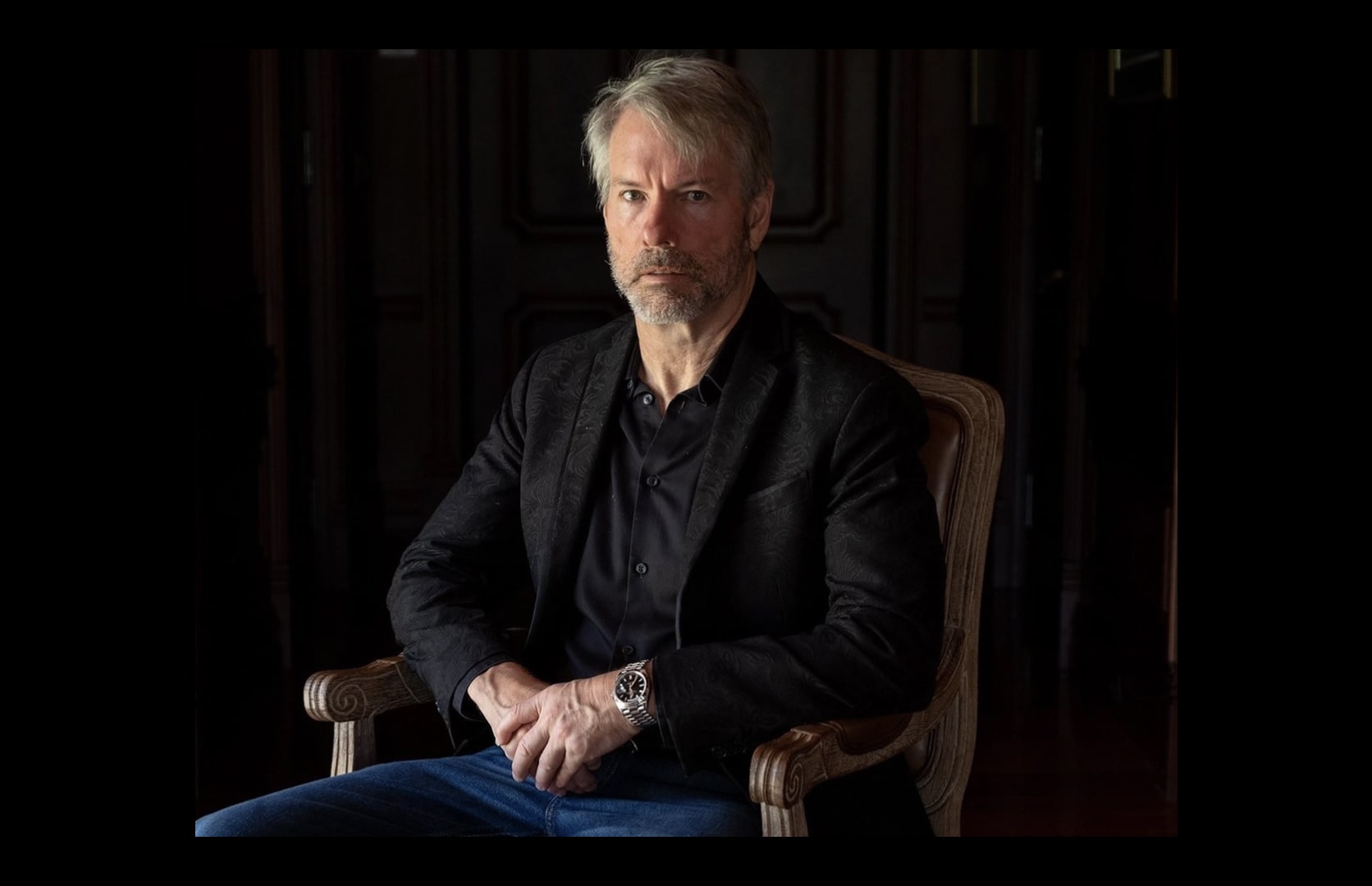
Bitcoin’s well-known four-year cycle—driven by the programmed halving of new supply—has shaped market expectations for over a decade.
However, a growing number of analysts and industry leaders now say the pattern may be breaking down as institutional involvement and ETFs gain prominence.
Analysts question the halving cycle
Jason Williams, author and investor, highlighted the scale of institutional involvement:
“Top 100 Bitcoin treasury companies hold almost 1 MILLION Bitcoin. This is why the Bitcoin 4 year cycle is over.”
Bitwise CIO Matthew Hougan echoed this sentiment, noting:
“It’s not officially over until we see positive returns in 2026. But I think we will, so let’s say this: I think the 4-year cycle is over.”
Historically, bitcoin’s price peaks occurred in the year after each block subsidy halving—2013, 2017, 2021, and potentially again in 2025.
Yet, some now argue these regularities are fading.
Shifting market dynamics
Pierre Rochard, CEO of The Bitcoin Bond Company, suggested halvings are becoming less relevant:
“Bitcoin halvings are immaterial to trading float, as 95% of BTC has been mined and the supply comes from ‘buying out OGs,’ with demand coming from the sum of spot retail, ETPs getting added to wealth platforms, and treasury companies.”
Martin Burgherr, chief clients officer at Sygnum Bank, told Cointelegraph that the halving cycle is now just one factor among many:
“In practice, the four‑year framework is becoming one of several inputs rather than the market’s central script.”
Defenders of the four-year pattern
Not all experts agree.
Analyst “CRYPTO₿IRB” argued that the four-year cycle remains fundamental, stating that ETFs and traditional finance could even reinforce the cycle due to political and financial calendar alignment:
“Not to mention 4-year halving cycles which simply just can’t be cancelled as they’re mathematically programmed lol.”
Xapo Bank CEO Seamus Rocca also maintains that the cyclical nature persists:
“So many people are saying, ‘Oh, the institutions are here, and, therefore, the cyclical sort of nature of Bitcoin is dead.’ I’m not sure I agree with that.”
Macro factors gain influence
As the bitcoin market matures and ETF adoption rises, the interplay of macroeconomic conditions, regulatory changes, and institutional flows appears to be diluting the impact of halvings alone.
The debate continues as to whether the four-year cycle will remain a guiding force or fade into history.



